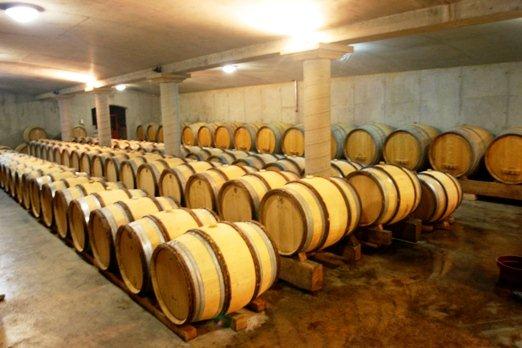2012 Rene Rostaing Côte-Rôtie Cuvée Classique Ampodium Côte-Rôtie Rhône France Wine Tasting Note
4152 Views
|
2012
Rene Rostaing Cuvée Classique Ampodium (Côte-Rôtie)
Young, but someone needs to check out these babies, now and then. Already charming, with loads of freshness, peppery, sweet cherries, thyme, black raspberry, olives and herbs. Bright, with softness and refinement, the wine is medium/full bodied and should develop nicely for at least 10-15 more years. 4,152 Views Tasted Feb 25, 2017 |

When to Drink Rene Rostaing, Anticipated Maturity, Decanting Time
Rene Rostaing, when young, should be decanted at least 1-3 hours, give or take, allowing the wines to soften and open their perfume. Older vintages might need very little decanting, just enough to remove the sediment.
Rene Rostaing is usually better with 7-10 years of cellaring and should be at its best between 10-25 years of age.
Serving Rene Rostaing with Wine, Food, Pairing Tips
Rene Rostaing is best served at 15.5 degrees Celsius, 60 degrees Fahrenheit. The cool, almost cellar temperature gives the wine more freshness and lift.
Rene Rostaing is best served with all types of classic meat dishes, veal, pork, beef, lamb, duck, game, roast chicken, roasted, braised, grilled and barbecue dishes. Rene Rostaing is also good with Asian dishes, hearty fish courses like tuna, mushrooms, cheese and pasta.
Condrieu, the white wine of Rene Rostaing is best served with a myriad of different seafood dishes, shellfish, crab, lobster, sushi, sashimi, chicken, pork and veal, as well as Asian cuisine.
Rene Rostaing also produces a great Northern Rhone value wine, Puech Chaude, from a vineyard he purchased in the mid 1990's. The winery has been renamed Puech Noble. Puech Noble is produced from grapes grown in the Coteaux du Languedoc, which is located not far from Nimes.
The wine is usually produced from a blend of 80% Syrah, 10% Mourvedre and 10% Grenache and is aged 50% in tank and 50% in barrel. Rene Rostaing also produced wine in Condrieu and Vin de Pays. With the 2007 vintage, Rene Rostaing added Les Lezardes, made from 100% old vine Syrah, planted in vines located just outside Cote Rotie in Vin de pays des Collines Rhodaniennes.
Over the past few years, Rene Rostaing Cote Blonde has jumped in price, as more people have discovered its stellar quality and style. But the wine is more than good enough to warrant its current high price.

